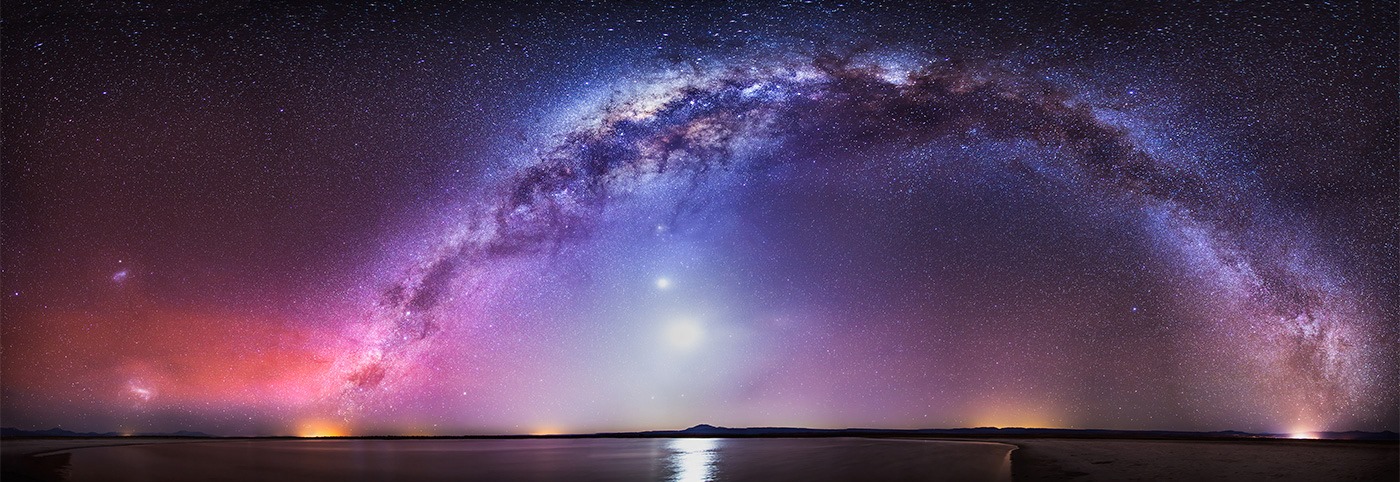ESA EarthObservation on Twitter
Incredible images from #Sentinel2 show the blaze & billowing smoke during a recent wildfire near #Athens, #Greece https://t.co/wkWR6i874L pic.twitter.com/wEKnmAL2n2 — ESA EarthObservation (@ESA_EO) August 23, 2017

Incredible images from #Sentinel2 show the blaze & billowing smoke during a recent wildfire near #Athens, #Greece https://t.co/wkWR6i874L pic.twitter.com/wEKnmAL2n2 — ESA EarthObservation (@ESA_EO) August 23, 2017
6 people living on the #moon for next 2 weeks …details on Lunares analogue lunar base here: https://t.co/O4naYUAEA4 https://t.co/yjAyhgiId5 — ESA (@esa) August 23, 2017
On Friday @astro_paolo in space (left) will control @DLR_en's Justin robot in Germany (right) using "space internet" https://t.co/wp777J94u3 pic.twitter.com/oBsX9xgMtq — Human Spaceflight (@esaspaceflight) August 23, 2017
During a total solar eclipse, the Sun’s extensive outer atmosphere, or corona, is an inspirational sight. Streamers and shimmering features visible to the eye span a brightness range of over […]
http://ift.tt/2iozbrE
http://ift.tt/2wlx262
http://ift.tt/2wlx262
LIVE NOW – @Astro_Kutryk and @Astro_Jenni are talking to Exp 52 crew onboard the @space_station. https://t.co/ADRCa6SP4f pic.twitter.com/tbtIJKhaox — CanadianSpaceAgency (@csa_asc) August 22, 2017
Welcome to space! Looking forward to working together – good luck! https://t.co/ZHmMR5y5om — ESA (@esa) August 22, 2017
.@csa_asc… You're taking my breath away 😆 But I'm happy to help with your Bone Marrow experiment! https://t.co/ijqsQ5vbIA #VITAmission pic.twitter.com/dwp154bxEL — Paolo Nespoli (@astro_paolo) August 22, 2017